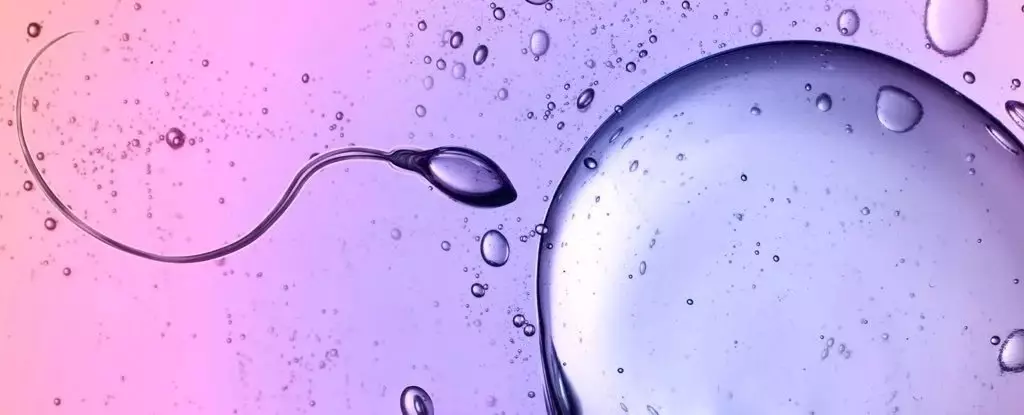In the realm of biological mechanics, the propulsion of microscopic entities such as human sperm and algae presents a fascinating paradox. A groundbreaking study by Kenta Ishimoto and colleagues from Kyoto University has unraveled how these remarkable cells operate in environments that seem to inherently resist their movements. The findings challenge classical physics, particularly Newton’s laws of motion, and illuminate the complex interactions that can occur at the microscopic level.
Since Sir Isaac Newton introduced his laws of motion in the 17th century, they have been foundational in understanding physical interactions in our macroscopic world. Newton’s third law, commonly expressed as “for every action, there is an equal and opposite reaction,” suggests a predictable symmetry in force interactions. However, Ishimoto’s research illustrates that this symmetry does not hold under certain microscopic conditions, particularly among motile biomolecules. Human sperm and single-celled algae exploit non-reciprocal interactions—an anomaly where forces created by their movements don’t conform to traditional expectations.
The study draws attention to the chaotic nature of biological systems. Unlike the predictable outcomes seen in interactions between larger objects like marbles, microscopic swimmers navigate a world that often defies these conventions. Within viscous fluids, the chaos resulting from cellular movement allows sperm and algae to swim efficiently, even when conventional physics would suggest otherwise.
A notable aspect of the research highlighted the unusual characteristics of the flagella—long, whip-like tails that function as the primary means of propulsion for sperm and algae alike. During their study, Ishimoto and his team observed that these flagella possess what they termed an “odd elasticity,” enabling them to flex and propel the cells forward without succumbing to resistance from the thick fluid through which they swim. This peculiar elasticity generates a wave-like motion that maintains momentum rather than attenuating it as would typically occur in a viscous medium.
Interestingly, merely identifying this elasticity was not sufficient for a complete understanding of how sperm and algae navigate such environments. To bridge the knowledge gap, the researchers introduced the concept of “odd elastic modulus.” By using computational modeling, they analyzed the internal mechanics of the flagella, revealing that the interactions within the structure could operate independently of classical mechanics. This innovation in modeling illustrates how the internal properties of materials can lead to surprising results in biological propulsion.
The insights gained from this study extend beyond theoretical physics and biology; they represent a leap towards innovations in robotics and materials science. Understanding the principles behind how biological systems like sperm and algae efficiently move through fluids may inform the design of small-scale, self-assembling robots. Such robots could potentially mimic the structures and functions of these organisms, opening avenues for applications in fields ranging from medicine to environmental monitoring.
Moreover, the broader implications of this research could revolutionize how we comprehend collective behavior among various microscopic entities. By integrating principles observed in dynamic biological systems, researchers can enhance their understanding of swarm intelligence, particle interactions in complex fluids, and other phenomena that surge outside the conventional predictability of classical physics.
The chaos inherent in biological systems underscores the need for continuous exploration beyond the scope of classical physics. Sperm and algal movement presents a vivid illustration of how life can manipulate the laws of physics. These studies invite us to reconsider established scientific paradigms and embrace a more nuanced understanding of motion that incorporates non-reciprocal interactions.
As scientific inquiries like those conducted by Ishimoto and his colleagues continue to expand the frontiers of our understanding, they underscore a pivotal truth: nature operates in multifaceted ways that often elude conventional interpretations. The findings surrounding how human sperm and algae traverse viscous fluids challenge not only our understanding of motion but also inspire future technological innovations that mimic life’s exquisite intricacies.

Leave a Reply